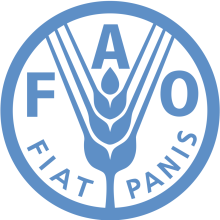Resource information
The United Nations Declaration on the Rights of Indigenous Peoples was adopted by the UN General Assembly on 13 September 2007. Since then, the importance of the role that indigenous peoples play in economic, social and environmental conservation through traditional sustainable agricultural practices has been gradually recognized. Consistent with the mandate to eradicate hunger, poverty and malnutrition – and based on the due respect for universal human rights – in August 2010 the Food and Agriculture Organization of the United Nations adopted a policy on indigenous and tribal peoples in order to ensure the relevance of its efforts to respect, include, and promote indigenous people’s related issues in its general work. This publication is an outcome of a regional consultation held in Bangkok, Thailand in November 2013. It documents seven case studies which were conducted in Bangladesh, Cambodia, India, Indonesia, the Lao People’s Democratic Republic, Nepal and Thailand to take stock of the changes in livelihood and food security among indigenous shifting cultivation communities in South and Southeast Asia against the backdrop of the rapid socio-economic transformations currently engulfing the region. The case studies identify external – macro-economic, political, legal, policy – and internal – demographic, social, cultural – factors that hinder and facilitate achieving and sustaining livelihood and food security. The case studies also document good practices in adaptive changes among shifting cultivation communities with respect to livelihood and food security, land tenure and natural resource management, and identify intervention measures supporting and promoting good practices in adaptive changes among shifting cultivators in the region.


